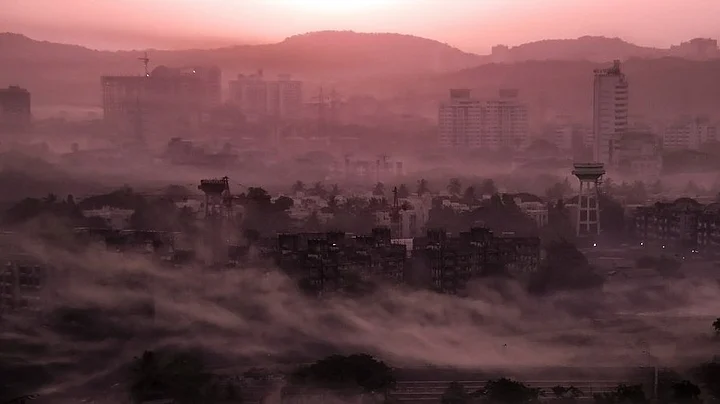Air pollution-related death tolls in Delhi and Mumbai are on the rise. In 2015, an estimated 80,665 adults over 30 years of age died prematurely due to exposure to PM10, pollution particles we inhale as we walk around.
In 2015, twice as many people died in both cities than they did in 1995 – and it came at a cost of Rs 70,000 crore, a study from the Indian Institute of Technology, Bombay found. Around 48,651 adults died in Delhi in 2015, compared to 19,716 in 1995. Mumbai’s numbers are similar: 32,014 died in 2015 compared to 19,291 two decades ago.
These numbers are conservative estimates, the authors of the study told Times of India. The impact of PM2.5, a smaller pollution particle that is considered more deadly than PM 10, was not fully taken into account for these calculations.
State of Emergency
Studies show that we still have a lot to learn about the health impacts of breathing in chemicals on a daily basis, but what we already know is not good. Air pollution is linked to cancer, stroke, heart problems and respiratory illnesses.
Outdoor air pollution kills 1.2 million people across India every year, according to a Greenpeace report released earlier this year. Most of this pollution comes from construction, road dust, biomass burning and industrial processes.
Terrible air conditions in Delhi meant there were 29 million cases of people being less productive or not going to work at all in 2015. In Mumbai, there were 23 million such cases.
A total of 64,037 emergency room visits related to breathing problems were reported that year.
So How Do We Know?
Calculating death related to air pollution is not an exact science, especially since some people are more susceptible than others. That’s why many of these calculations are likely to underestimate the full extent of the problem, experts say.
And often, these calculations can’t account for other air pollution-related issues. For example, exposure to air pollution weakens the immune system, so a person could theoretically die because of a disease that wasn’t related to air pollution, but that same pollution made them vulnerable in the first place.
Still, researchers know which diseases are caused by air pollution and they compare this information to death statistics in a given year. These data sets are compared to air quality levels, so researchers can establish correlation.
Even without 100 percent precision, results of the IIT report and other studies released by the World Health Organisation and Greenpeace indicate that India’s pollution problem is deadly.
Air pollution isn’t a problem to be taken lightly.
(With inputs from Times of India)
(At The Quint, we question everything. Play an active role in shaping our journalism by becoming a member today.)
